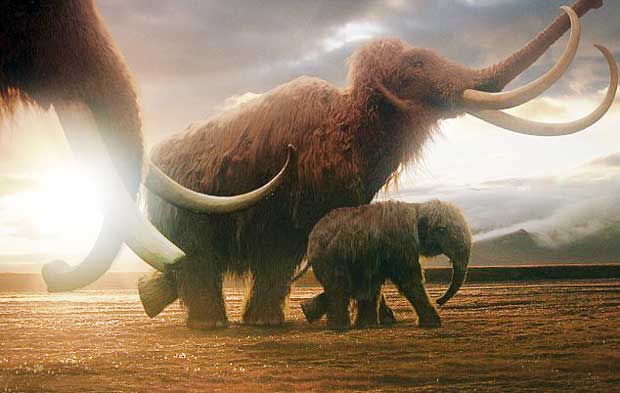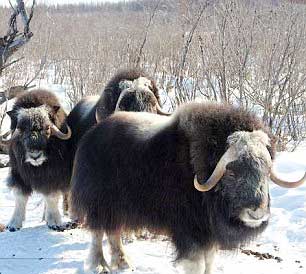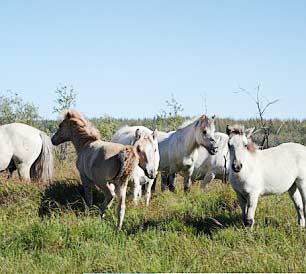11 Mar 2017 - {{hitsCtrl.values.hits}}
 Over the years, the trees at Pleistocene Park have been flattened using powerful tank-like vehicles. But, in order to keep the trees from taking over again, the ambitious plans call for the services of hundreds of thousands of woolly mammoths
Over the years, the trees at Pleistocene Park have been flattened using powerful tank-like vehicles. But, in order to keep the trees from taking over again, the ambitious plans call for the services of hundreds of thousands of woolly mammoths
At a 50-square mile nature reserve tucked deep in Arctic Siberia, scientists are working on a radical plan to fight climate change by reviving the ancient grasslands of the last Ice Age – and the beasts that once roamed them.
While this period is better known for the glaciers that swathed the continents until 12,000 years ago, the grasslands of the Mammoth Steppe ecosystem also dominated much of
the surface.

Researchers at Pleistocene Park are attempting to reintroduce wild herbivores and even resurrect woolly mammoths to revert Beringia to a grassy landscape that absorbs less heat than the forests there today, in efforts to stop the thawing of Siberia’s permafrost.Arctic permafrost is often said to be a climate change ‘ticking time bomb.’
As Earth warms and the frozen soil thaws, it threatens to release massive amounts of carbon stored within, which could escape in the form of carbon dioxide and methane.
In turn, these powerful greenhouse gasses could trigger runaway climate change. Sergey Zimov first had the idea to introduce a Mammoth Steppe ecosystem to Beringia decades ago, essentially creating a cold-weather version of the African savannah, The Atlantic reports.

Pleistocene Park, named for an epoch that spanned roughly 2.6 million to 12,000 years ago, was founded in 1996, and is now under the control of Sergey’s son, Nikita.
It’s thought that the grasslands will reflect more sunlight, allowing the winter freeze to penetrate deeper into the crust, and cool the soil beneath.
This would slow the melting of the permafrost.
‘To make permafrost colder, all that is needed is to remove heat insulating snow cover, and expose the ground to the extreme negative temperatures of the Arctic,’ the park’s Kickstarter campaign explains in a bid to raise $106,000 for the project.
‘In the steppe ecosystems, animal density is so high that animals looking for forage trample all the snow in the pastures several times per winter.
‘This compacts the snow, massively reducing its heat insulating abilities.’ Over the years, the trees at the park have been flattened using powerful tank-like vehicles. But, in order to keep the trees from taking over again, they’ll need to employ hundreds of thousands of woolly mammoths, according to The Atlantic.
Scientists are already working to resurrect the ancient beasts by editing the genes of the Asian elephant, with hopes that natural selection will eventually refine their creation – if they are ever successfully manufactured.
The park is so far home to wild horses, bison, and musk oxen – all crucial to the grassland ecosystem.
And, it’ll soon need predators.According to The Atlantic, Nikita plans to bring in grey wolves, Siberian Tigers, and cold-adapted Canadian cougars – and, if scientists succeed in resurrecting extinct species, they may even bring back cave lions and dire wolves.
‘For an ecosystem to be sustainable it must have large heavy grazers, such as elephants, ruminants such as cows and goats, predators such as wolves and tigers etc,’ the park’s website explains.
These ecosystems were extremely stable, the post continues, as ‘high animal density only allowed grasses to be the dominating vegetation, since only grasses can sustain active grazing. ‘Shrubs, moss, and trees were either trampled or broken.’
17 Nov 2024 1 hours ago
17 Nov 2024 3 hours ago
17 Nov 2024 4 hours ago
17 Nov 2024 7 hours ago
17 Nov 2024 7 hours ago